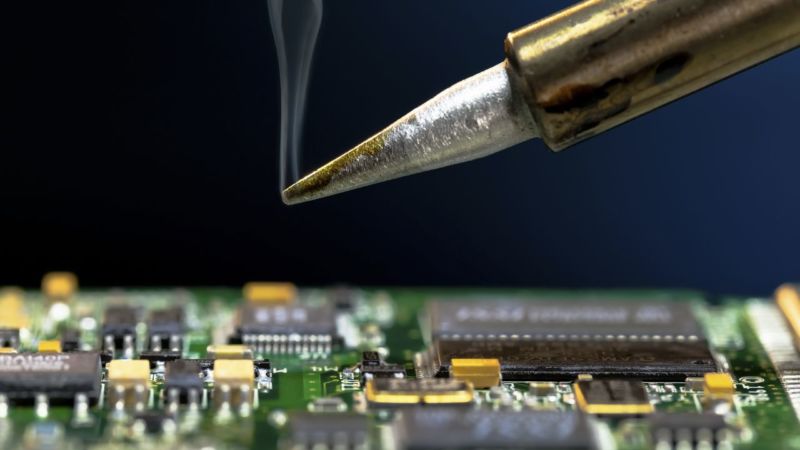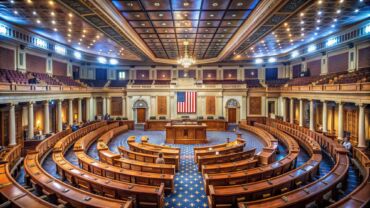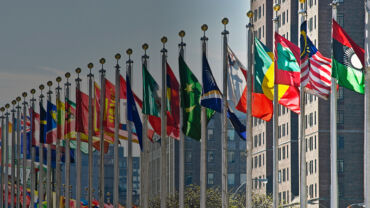In India the export of dual-use or strategic items are mainly regulated by the Director General of Foreign Trade (DGFT). Items considered dual-use are prohibited or restricted and require a license for permission to export from India. Dual-use items are classified as Special Chemicals, Organisms, Materials, Equipment and Technologies (SCOMET). The SCOMET list covers goods, services and technology for exports and can be used for civilian as well as military application. They can range from raw materials to components and complete systems. Dual use items are also considered contributors to the proliferation of Weapons of Mass Destruction (WMD) – and subject to controls to prevent the risks that these items may pose for national and international security. The rationale behind such controls is to prevent any illegitimate trade of such dual-use goods, services and technology.
The industrial or service sectors, which are affected by export control lists, are electronics, defense, aerospace, chemical and bio-technology, nuclear, engineering goods, software, high technology research institutions and the pharmaceutical sector.
The SCOMET list of items was notified under Section 5 and Section 14 A of the Foreign Trade Development and Regulation (FTDR) Act of 1992. In 2010, the FTDR Act of 1992 was amended and a new Chapter IV A was introduced. This newly inserted chapter deals with controls on exports of specified goods, services and technologies and empowers the Central Government to monitor and amend the list of such goods, services and technologies.
In March 2015, under the authority of the FTDR Amendment Act of 2010, the DGFT released an amended version of the SCOMET list in an annex to the DGFT aligning fully with the export control list specified under the Multilateral Export Control Regimes and the Nuclear Supplier Group.
These regimes provide the fundamental mechanism to control the trade of dual-use items among countries: Multilateral Export Control Regimes (e.g. The Wassenaar Arrangement) for Export Controls of Conventional Arms and Dual-Use Goods and Technologies, Nuclear Supplier Group (NSG) for the control of nuclear related technology, Australia Group (AG) control of chemical and biological technology that could be weaponized, and Missile Technology Control Regimes (MTCR) for the control of rockets and other aerial vehicles capable of delivering weapons of mass destruction. India has recently become a member of MTCR and applied for participation in the rest of the control regimes.
Export policy related to SCOMET is given in Appendix 3 of schedule 2 of ITC (HS) classification. The list is divided into eight distinct categories (Categories 0–7). The DGFT is the primary licensing agency for most items on the SCOMET list (Categories 1-7), while the Department of Atomic Energy (DAE) issues licenses for all the nuclear and nuclear dual-use commodities found in SCOMET Category 0. India controls many of the items found in the regimes lists, it does not follow the regimes’ classification conventions of those of the United States or European Union (EU). Instead, India follows its own system of classifying controlled items.
The SCOMET list varies from a two-to-five digit classification scheme that bears some resemblance to Export Control Classification Numbers (ECCN), but the categories, specific numbering of items and technical descriptions tend to differ from those in the U.S. and EU lists of controlled items.
Category 0: Nuclear materials, nuclear-related other materials, equipment and technology; it represents the goods and technologies designated on the NSG List.
Category 1: Toxic chemical agents and other chemicals; it contains CWC precursor chemicals.
Category 2: Micro-organisms, Toxins; it contains biological agents, animal and plant pathogens.
Category 3: Materials, Materials Processing Equipment, and Related Technologies. This category covers most of the AG chemical dual-use items, and a few AG biological dual-use And WA items.
Category 4: Nuclear-related other equipment and technology, not controlled under Category 0.
Category 5: Aerospace systems, equipment, including production and test equipment, and related technology. SCOMET category for MTCR control list.
Category 6: Reserved.
Category 7: Electronics, computers, and information technology including information security. SCOMET Category 7A controls some items of WA dual-use entries, electronics, SCOMET Category 7B controls electronic test equipment and SCOMET Category 7C controls computers and 7D controls information technology including information security.
The list also controls most of The Wassenaar Munitions List (WAML) items that are notified throughout SCOMET Categories 3, 5, and 7.
SCOMET items are permitted for export only with an export license, unless the export is prohibited, or the export is permitted without license and subject to the fulfillment of conditions. . An Inter-Ministerial Working Group in DGFT headquarters decides if all required conditions are satisfied before issuing a license. Once issued, a license is valid for 24 months. Contributing factors for license approval is based on credentials of the end user and the intended end use.
India recently has become a member of the MTCR group and is trying to become a member of the other agreements. By becoming a member of these agreements India will have access to technology allowing the country to support their defense system and export aircraft, missiles and procure arms to fight against terrorism.
The SCOMET list is expected to become more extensive and cover controlled products of all regimes as it is one of the prerequisites to become a member. All industries identified as requiring licenses need to be ready to accept the changes in the export control list and adopt rules and regulations for exporting their products, or potentially face civil or criminal prosecution.
Conclusion
MTCR is a multinational group who possess rights to trade in nuclear technology and other strategic materials. Participating countries are strictly bound not to trade/provide technology to any non-member country. Over the past several years, the Indian government has been focused on strengthening bilateral relationships and obtaining greater access to high technology, goods and services. India has signed a variety of nuclear agreements with a range of countries in order to expand its growing civil nuclear capabilities and facilitate bilateral trade in controlled commodities. After receiving a waiver from the NSG in 2008, India is now seeking full membership in the NSG and the other multilateral export control regimes, and there appears to be a tremendous amount of international support.
To learn more about ONESOURCE Global Trade and global trade trends, explore our website.
Resources
- Update on of SCOMET list [Appendix 3 to Schedule 2 of ITC (HS) Classification of Export & Import Items. http://dgft.gov.in/Exim/2000/NOT/NOT16/noti0516.pdf
- http://securustrade.com/Indias_Export_Controls_Article_July_2011_FINAL.pdf
- FICCI Report: Strategic Trade Management in India, Critical Issues in SCOMET Compliance






